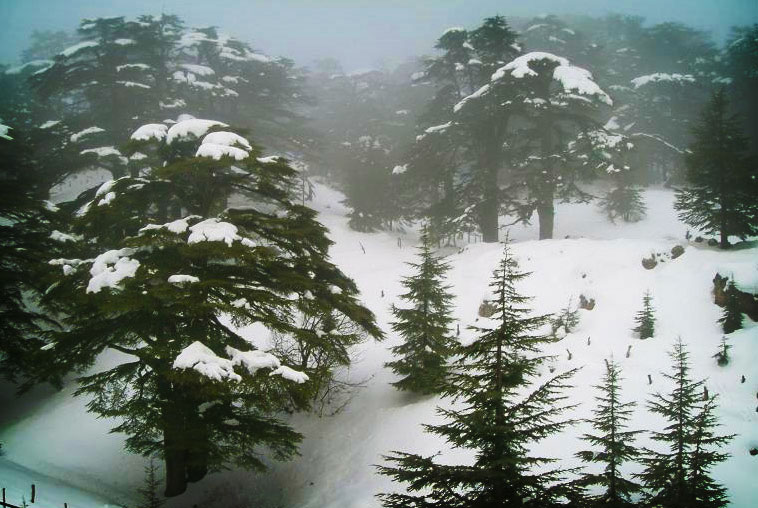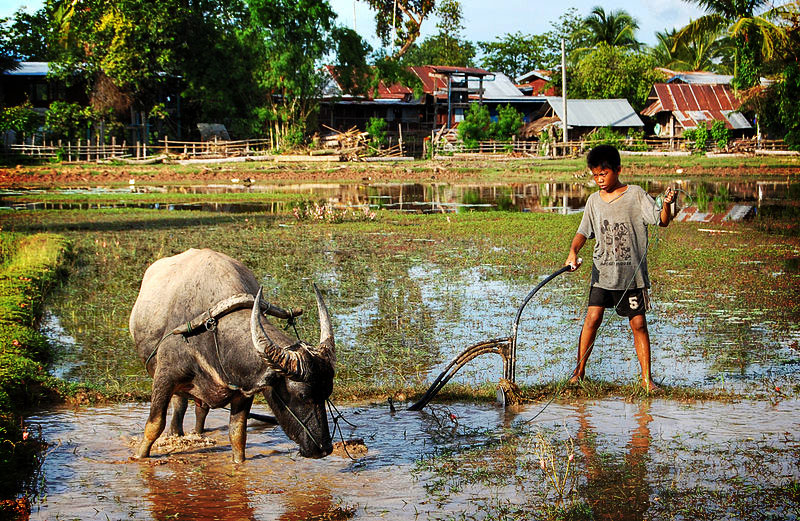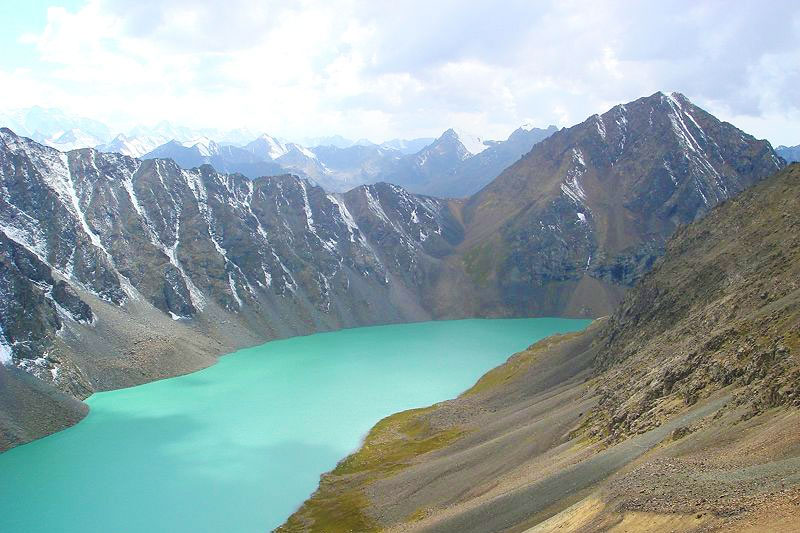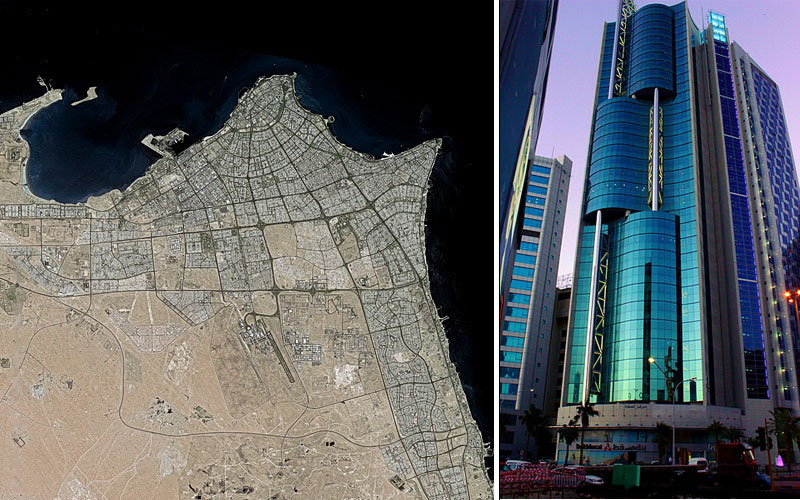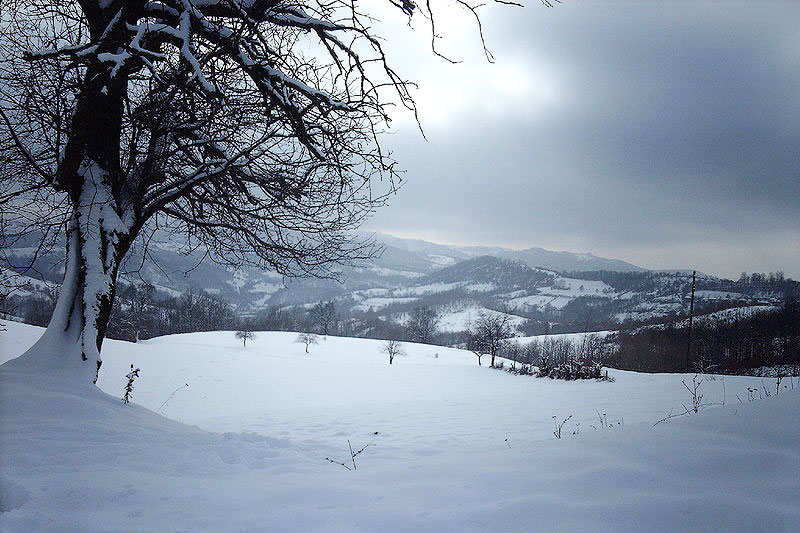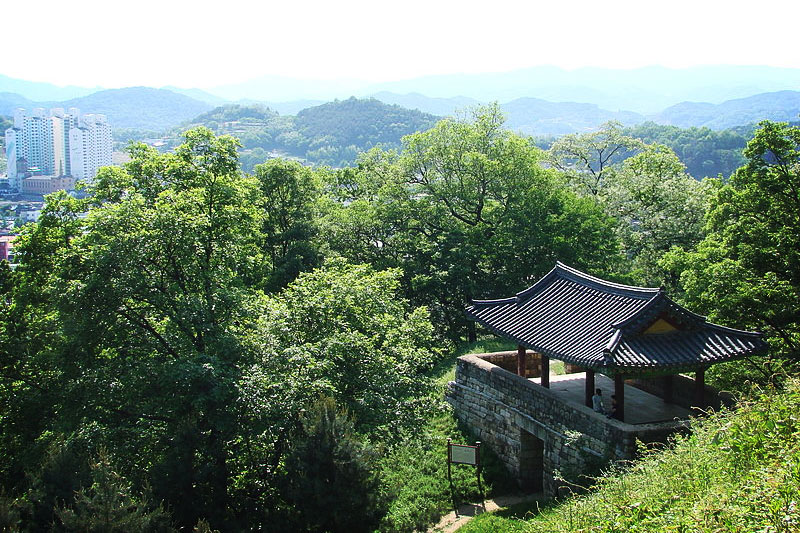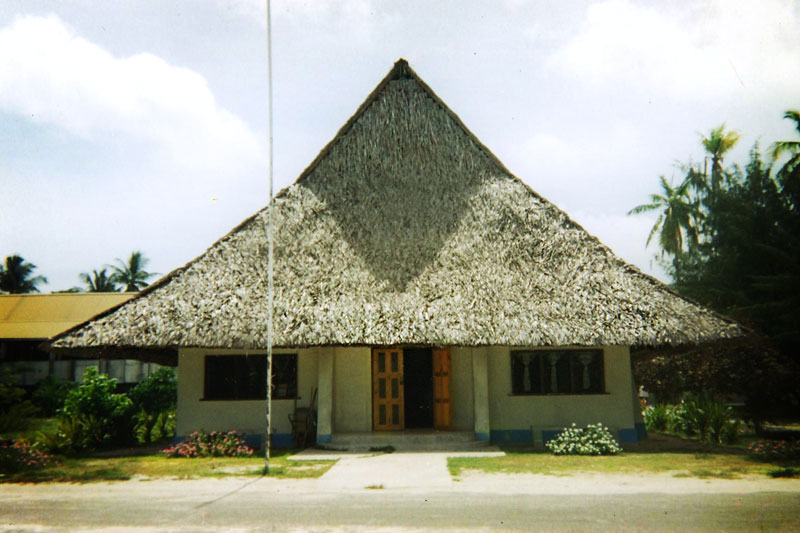About the food of Libya
I feel like I’m waking from a long walk in a deep fog. I spent this past weekend in a whirlwind of food, family, friends, and… the flu. I reached 101 on Christmas Day, which was just enough of a temperature to send me off napping for the better part of the afternoon. The interesting side effect was that I was ever more appreciative of the time I was awake and able to spend time with family. Now, as we roll back into normal life – cooking Libya – I find myself soothed by the familiar routine of stovetop travel. Translation? I’m happy as a clam to get back to business. And – P.S. – I missed you. So, here we are. Let’s talk Libya. She’s a large country, mostly covered in sand (a.k.a. the Sahara). This means that the vast majority of Libya’s small population resides along the Mediterannean coast in rather crowded cities. Her people benefit from the same cooling sea as the rest of her neighbors and good thing, too, because the highest …
Read More



